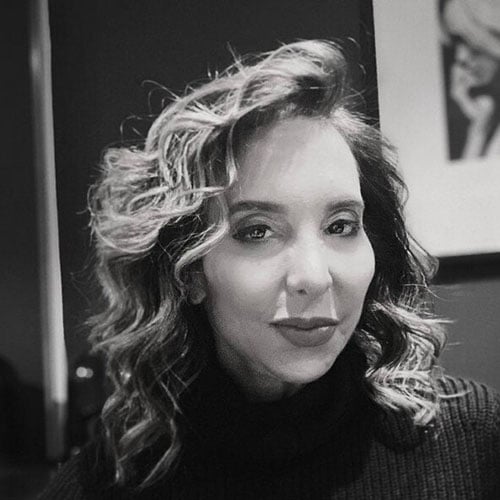 Central Park in New York City. Photo by Wikimedia Commons.
Central Park in New York City. Photo by Wikimedia Commons. “One can sit alone in the long silence, sit quietly and sing.” — After Wen Cheng Ming
On a chilly, rainy morning last week, Mount Sinai workers began to take down the emergency field hospital in Central Park’s East Meadow. After treating 315 COVID-19 patients, Mount Sinai decided to move those health care workers inside.
As they worked, I walked around the area, paying more attention to the green wooden benches that encircled it. During the six weeks the tents were up, the stable benches had offered comfort to exhausted doctors and nurses, grieving families, and New Yorkers simply stunned by the surreal scene before them.
Had they taken a moment to look at the small silver plaque that accompanies nearly every bench? Had the beautiful dedications also offered solace?
Nearly 10,000 benches are situated throughout the 840-acre park, the inspiration of Parks Commissioner Robert Moses in the 1930s. More than 6,800 benches now wear a silver plaque, bestowing a dedication by a family who has “adopted” it. Many New Yorkers no doubt don’t even notice the plaques; they have become a ubiquitous part of the glorious landscape.
“The poetry of life is created by its imperfections, by its storms, however turbulent.”
But as the park has been stripped of its humanity in the past couple of months, the plaques have taken on new meaning. Indeed, many feel as though they were written explicitly for the patients.
“By your side always, in love, laughter and play.”
“He flew upon the wings of the wind.”
“Please watch over their dreams, Purple Python.”
Many are dedicated to the beauty of the park: “I think that I shall never see a poem as lovely as a tree.”
To fully understand these messages — to understand why someone would donate $10,000 to adopt a bench — one needs to understand what Central Park means to New Yorkers. The goal of the park, designed by Frederick Law Olmstead in the 1850s, was to create a sanctuary for the soul, an oasis of hope. When we’re out in the concrete jungle, our minds never stop racing. But when we enter the park, we begin to feel.
Olmstead understood that not only do we need nature to relax and recharge, but it has much to teach us. This theory often has been called “the wisdom of the trees.” Each tree, branch, leaf is unique yet imperfect — and its imperfection is what makes it beautiful.
Central Park is an oasis of diversity — a mosaic that reflects the mosaic of the city. On its best days, NYC blends and creates a greater beauty just like the park. In the past couple of years, though, hate has again turned us against one another, and the harsh COVID-19 restrictions are just making it worse.
Trees are resilient. Their sturdy trunks have weathered every type of storm. For humans, watching the seasons and storms change the park imparts an acceptance of change: Life, though altered, goes on.
The day before, I had spoken to a friend who knows a handful of families who are moving out of the city. Not just temporarily, but out, for good. Perhaps if they would read these plaques, they would feel differently.
“Took chances, defied conventions, & adored New York.”
“From a small town to the big city, he lived life with integrity & aplomb.”
Most of the names on the plaques near Mount Sinai are Jewish, as is every wing in the hospital.
“Forever in Our Hearts Seymour Cohen (1929-2014) Who Loved This Park & City.”
“For the grandchildren to sit on when they visit. Love, Abba and Michelle.”
Our grandparents built this city, and yes, it’s now going through hell. But we can rebuild it. Now is not the time to desert it — if for no other reason than to honor those who had built it the first time.
As I walked back to my apartment, I promised myself that I would never ignore these eternal messages of hope, that I would point out the more poignant ones to my son. Even more important, I will teach him what they represent — that we have this beautiful treasure in our city, that we must respect its laws and learn from them, that we should never take it, or anything beloved, for granted.
That the poetry of life is created by its imperfections, by its storms, however turbulent.
As Rabbi Jonathan Sacks puts it, “Faith is the courage to live with uncertainty.”
Karen Lehrman Bloch is an author and cultural critic.























 More news and opinions than at a Shabbat dinner, right in your inbox.
More news and opinions than at a Shabbat dinner, right in your inbox.